There Goes Rhymin’ Simon by Paul Simon
Buy There Goes Rhymin’ Simon For his second post-Garfunkel effort, Paul Simon found a nice sonic balance with There Goes Rhymin’ Simon. This album is bookmarked by two of his top pop hits […]

Buy There Goes Rhymin’ Simon For his second post-Garfunkel effort, Paul Simon found a nice sonic balance with There Goes Rhymin’ Simon. This album is bookmarked by two of his top pop hits […]
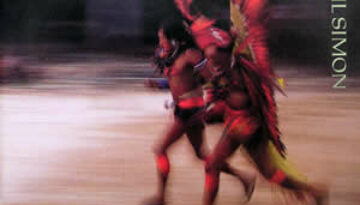
Buy The Rhythm of the Saints Ever the artist searching for a new, authentic sound, Paul Simon went to Brazil and employed the heavily percussive samba known as Batucada for his 1990 album, […]
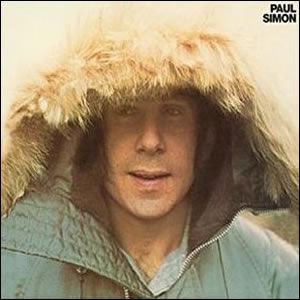
Buy Paul Simon Staking his own claim in the musical landscape, Paul Simon began exploring world influences with his 1972 eponymous album. It was his first post Simon and Garfunkel album, and let […]
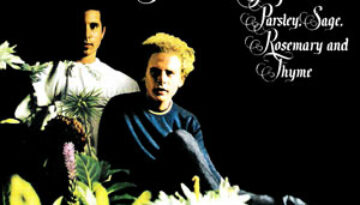
Buy Parsley Sage Rosemary Thyme Although Parsley, Sage, Rosemary and Thyme is officially the third album by Simon & Garfunkel, they certainly did not take the traditional path to get to this point. […]
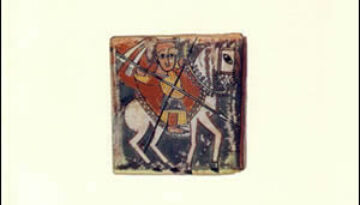
Buy Graceland In some of our previous reviews from the year 1986, you’ve probably already heard us mention several times our distaste for the slick sound that was predominant throughout releases issued that […]
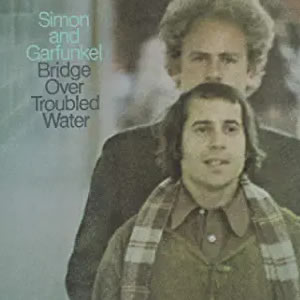
Buy Bridge Over Troubled Water Simon & Garfunkel saved their best for last with the early 1970 release of Bridge over Troubled Water, the fifth studio album by the New York based folk […]